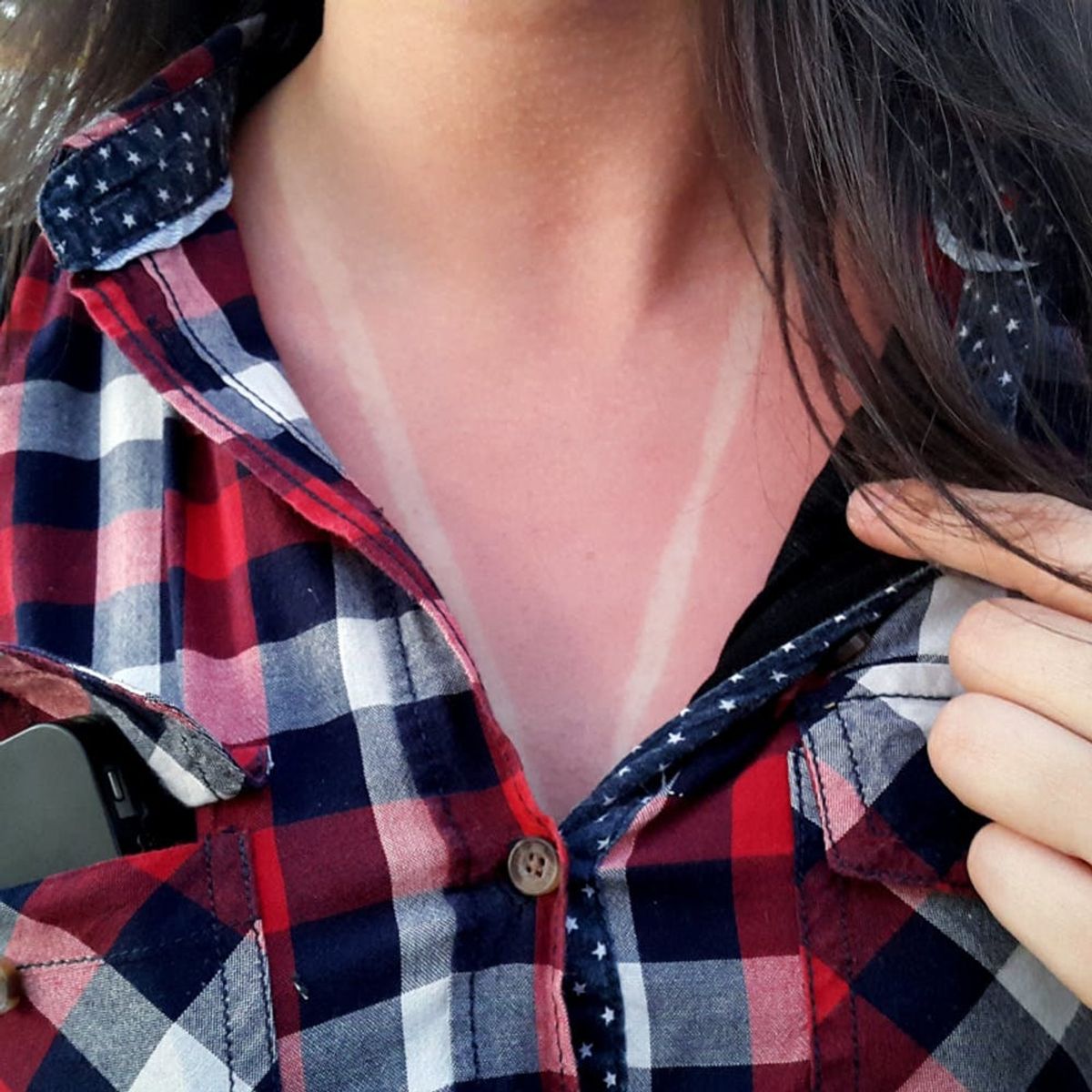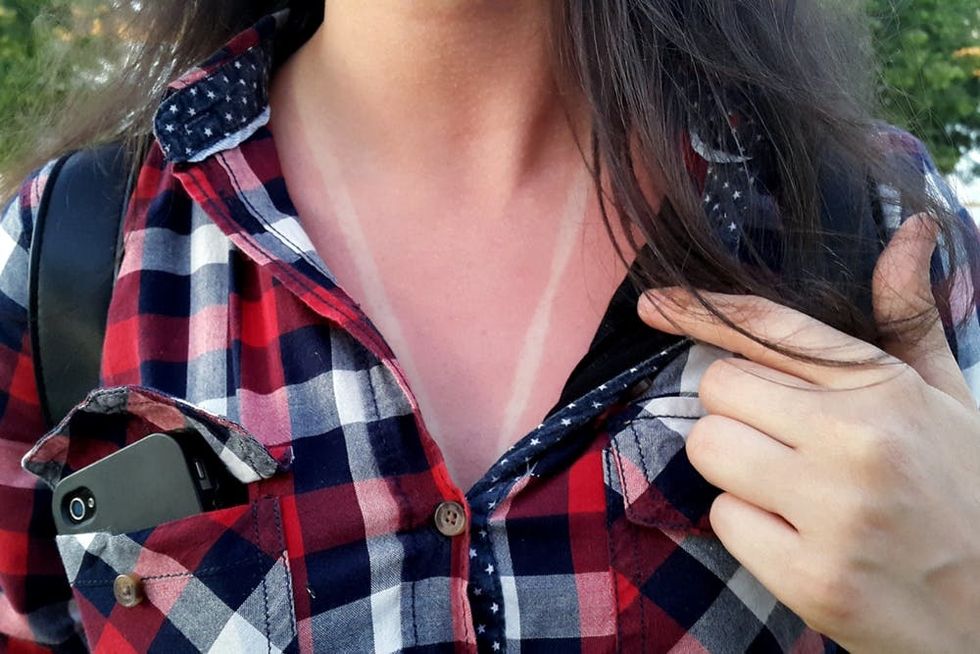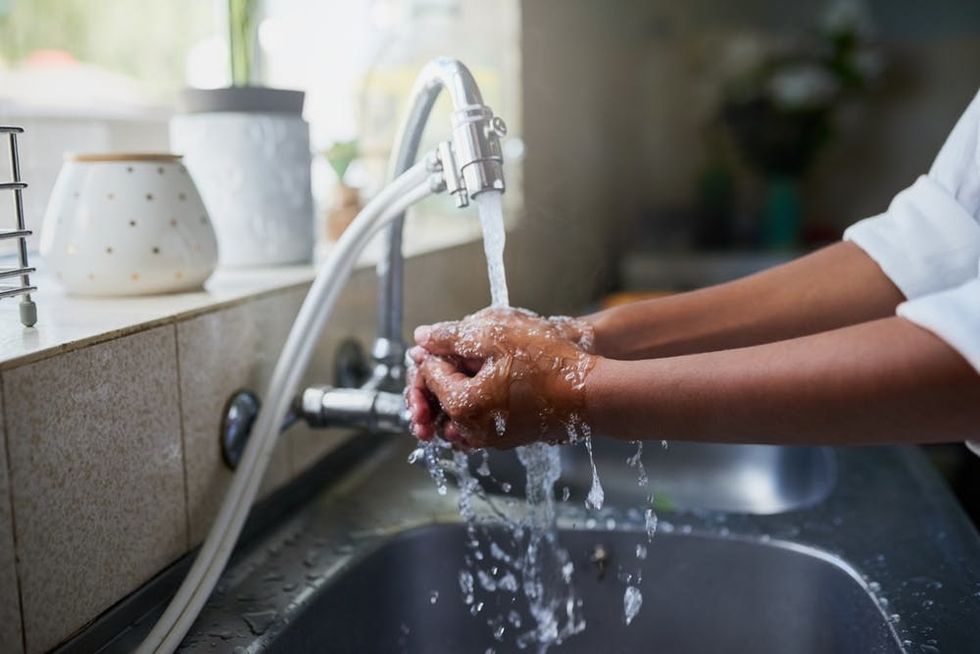Do not put butter on a burn!
8 Dos and Don’ts Of Treating a Burn

By Natasha LavenderApr 12, 2019
Natasha Lavender
Natasha Lavender is a Londoner living in Chicago, and is fluent in British and American. She writes about pop culture, health, lifestyle, feminism, fashion, and interviews with interesting people, and has previously worked for Good Housekeeping magazine, Buzzfeed, and Hello Giggles. She loves podcasts, running, reading, dogs and cats equally, and peanut butter anything.
As anyone who is constantly overestimating their ability to handle bowls straight from the microwave can bashfully attest, most of the burns you encounter every day are so minor they barely break the skin. Unfortunately, some burns can be much more serious: Based on data from 2000, the Centers for Disease Control and Prevention (CDC) estimate that over a million Americans require medical treatment for burns every year. Just in case you or someone you know ends up part of that statistic, here are eight dos and don’ts for treating burns, so should the worst happen you’ll be prepared and empowered to help out as best you can.
<em>Do</em>
 learn the degrees. A first-degree burn involves just the top layer of skin and usually doesn’t require professional medical treatment. The skin will look red and slightly swollen. Second-degree burns are more painful, breaking through two layers of skin and causing blisters that may leak, as well as deep reddening and possibly scarring. They may require a trip to the ER. Third-degree burns get through every layer to permanently destroy the tissue. “Third-degree burns are very white, yellow, charred, or black, and very dry,” explains Stephanie Campbell, a registered critical care nurse and Burn Program Manager at the Parkland Regional Burn Center at Parkland Health & Hospital System. “These burns will not heal without professional treatment and skin grafting. Any size third-degree burn should be treated by a burn center.” If a burn is deep but not painful, that’s a sign it’s a third-degree burn: “There is likely nerve and blood vessel damage,” cautions Dr. Caesar Djavaherian, MD, an emergency doctor at Carbon Health. “Those always require medical evaluation to reduce severe scarring.”
learn the degrees. A first-degree burn involves just the top layer of skin and usually doesn’t require professional medical treatment. The skin will look red and slightly swollen. Second-degree burns are more painful, breaking through two layers of skin and causing blisters that may leak, as well as deep reddening and possibly scarring. They may require a trip to the ER. Third-degree burns get through every layer to permanently destroy the tissue. “Third-degree burns are very white, yellow, charred, or black, and very dry,” explains Stephanie Campbell, a registered critical care nurse and Burn Program Manager at the Parkland Regional Burn Center at Parkland Health & Hospital System. “These burns will not heal without professional treatment and skin grafting. Any size third-degree burn should be treated by a burn center.” If a burn is deep but not painful, that’s a sign it’s a third-degree burn: “There is likely nerve and blood vessel damage,” cautions Dr. Caesar Djavaherian, MD, an emergency doctor at Carbon Health. “Those always require medical evaluation to reduce severe scarring.”
<em>Don’t</em>
 “Never put ice on a burn injury!” cautions Campbell. “The ice can freeze the tissue and actually worsen the burn.”
“Never put ice on a burn injury!” cautions Campbell. “The ice can freeze the tissue and actually worsen the burn.”
The Latest
Make Your Inbox Your Happy Place
Get freebies, inspo, & more delivered to you.



















